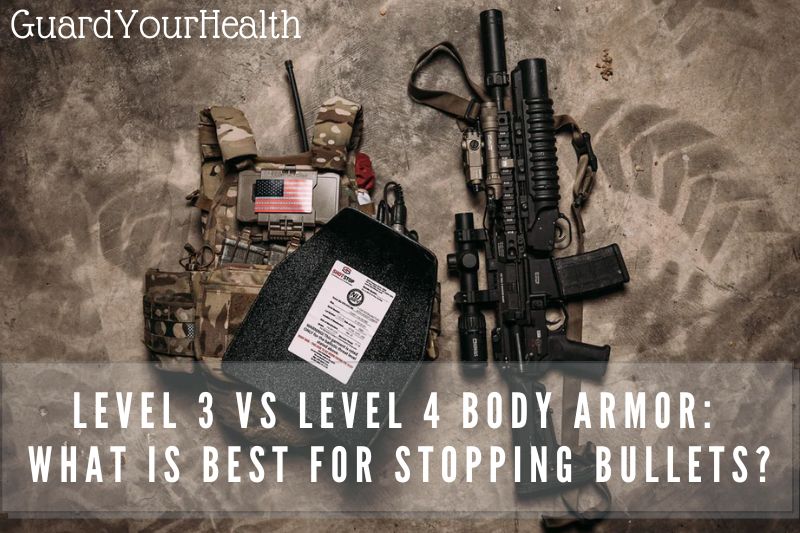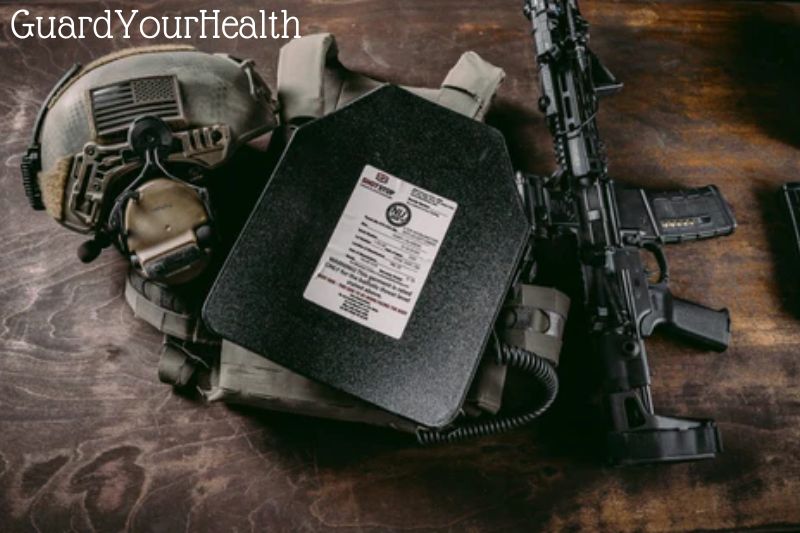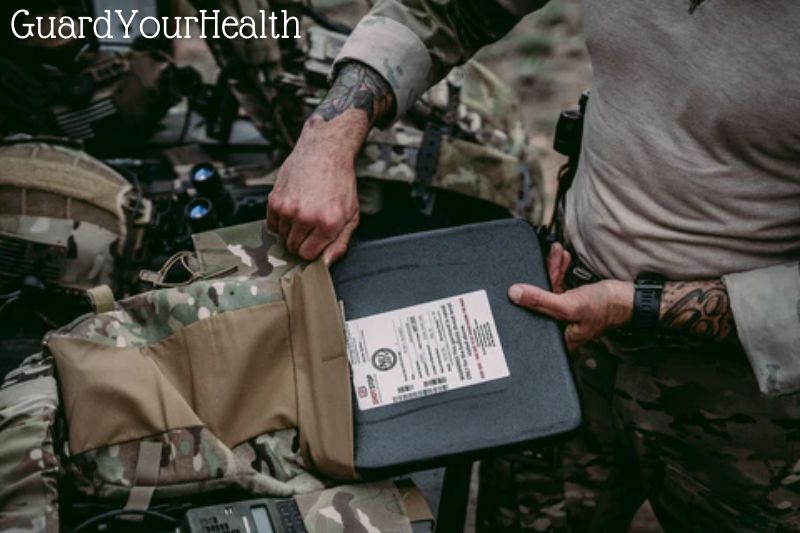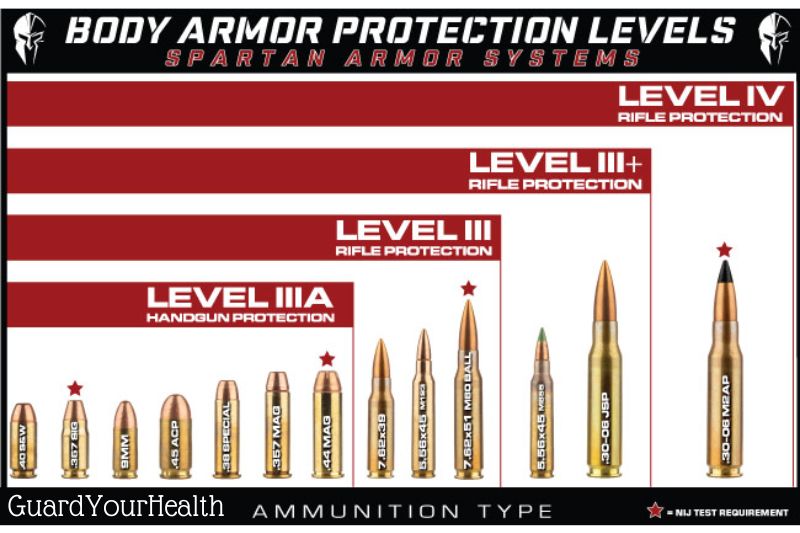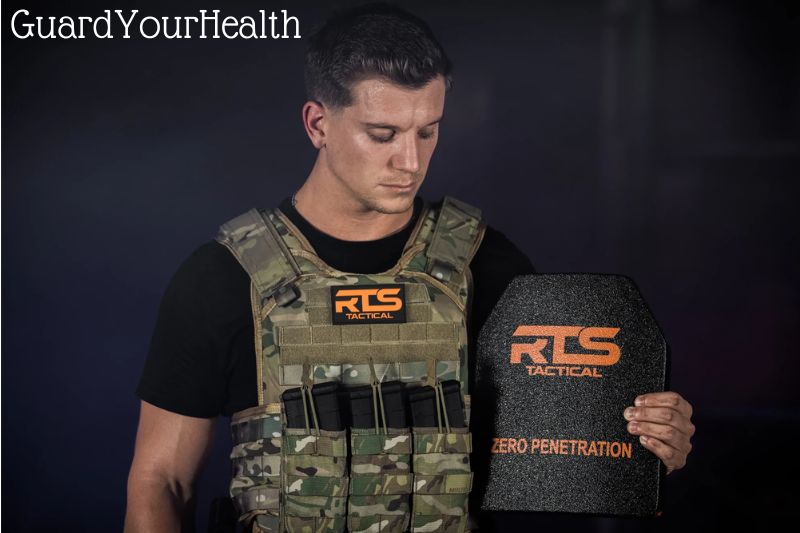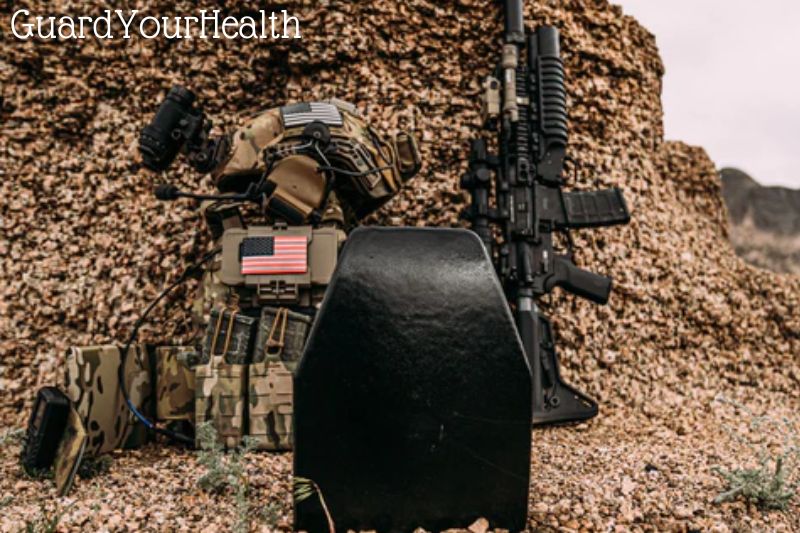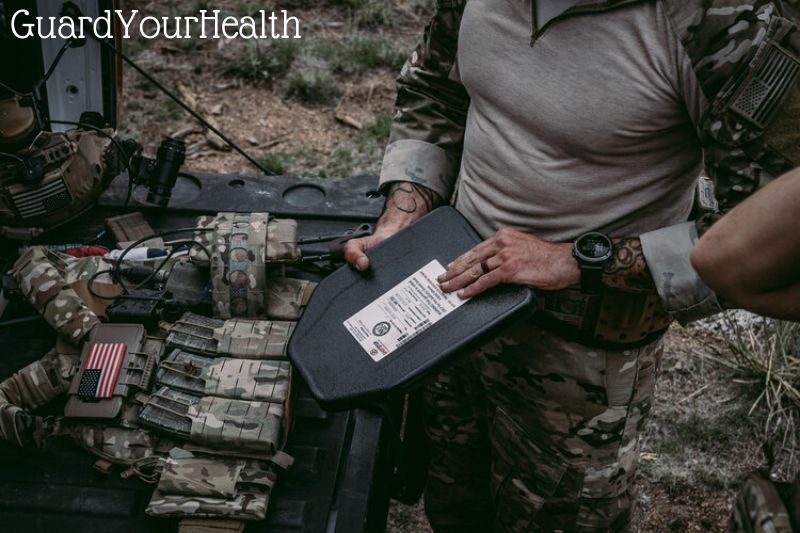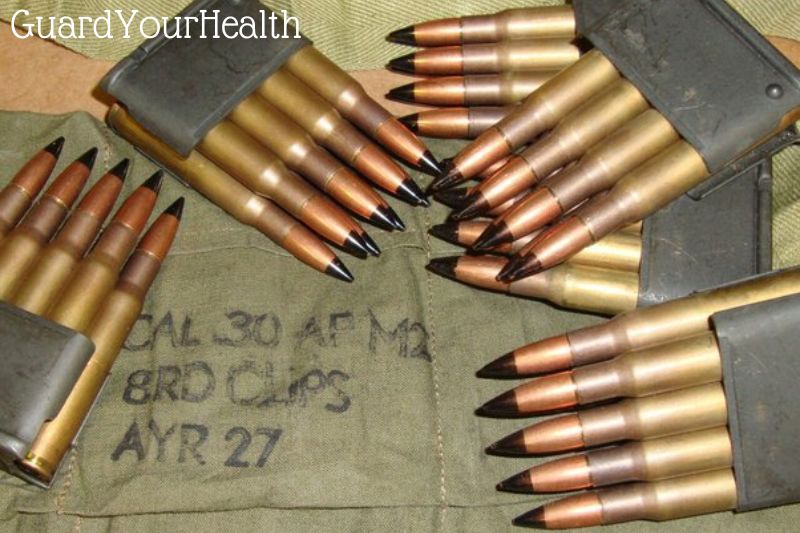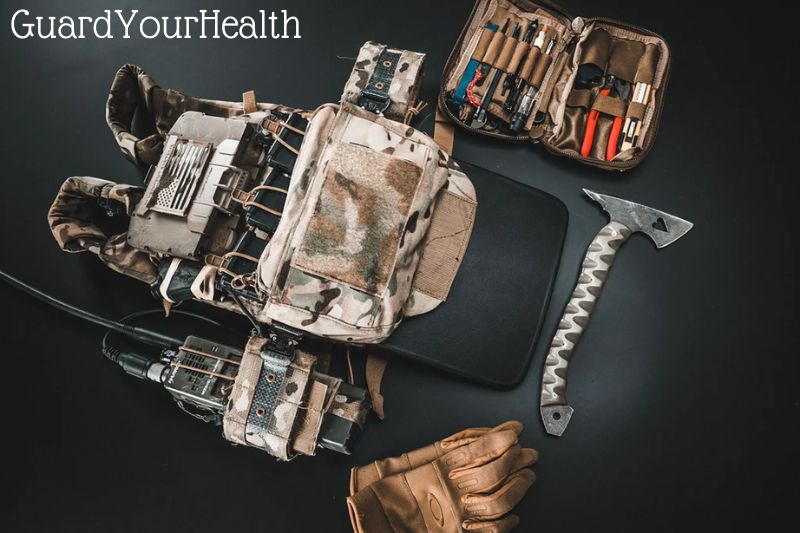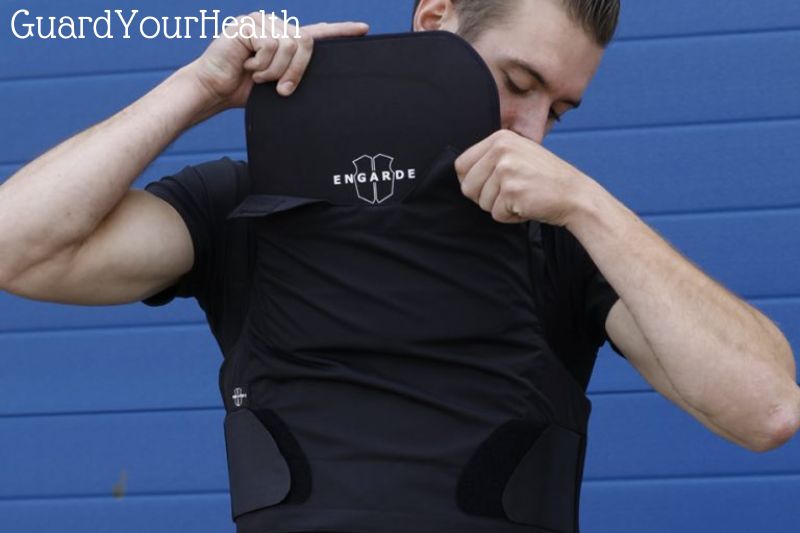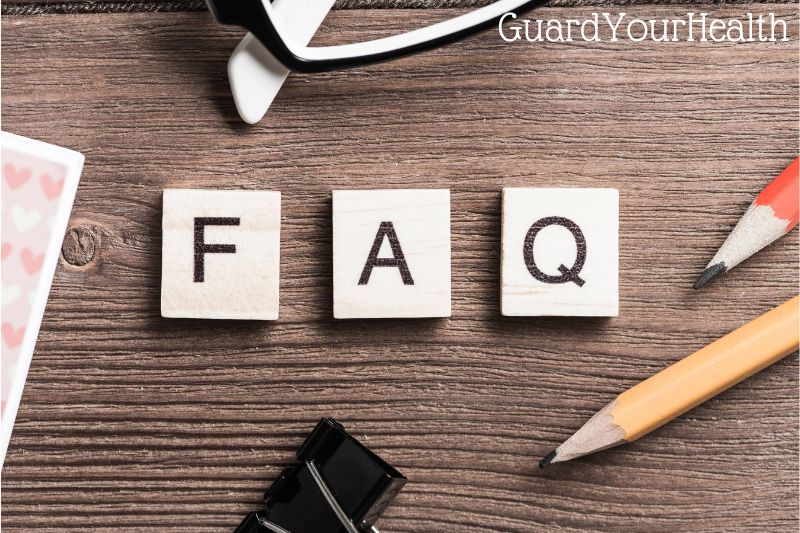There are two main types of body armor: level 3 and level 4. Level 3 body armor protects against high-velocity rifle rounds, while level 4 body armor is designed to stop penetrations from armor-piercing rifle rounds.
Both types of armor are effective, but level 4 armor offers the best protection against the most powerful rifle rounds.
So what are the differences between Level 3 vs Level 4 Body Armor?
Keep reading for more useful information.
LEVEL 3A Body Armor
The following level is Level IIIA. This rating is intended to end. The velocity of 44 Magnum Jacketed Hollow Points is 1400 feet per second. Level III-A armor is typical of the soft body armor sort, similar to level II armor, though stiff armor plates can sometimes be found with an III-A grade.
Since they provide one of the lightest alternatives while sacrificing some of the coverage area that you would often find in soft armor rigs, these are also referred to as “speed plates.” An NIJ certification scheme currently covers III-A soft body armor, but III-A rigid plates are not.
Level/Type 3 Body Armor
Tests on the Level III conditioned armor are conducted using a 7.62mm FMJ (M80 military) projectile with a muzzle velocity of 2,780 ft/s and a weight of 147 grains. A sniper or AK-47-style rifle will typically fire a 7.62mm FMJ.
Most 5.56mm and 7.62mm rounds will be stopped by Level III, although military-grade armor-piercing ammunition can still penetrate it. A Level III armor system can be dismantled, for instance, by a NATO M855 5.56 x 45mm bullet with a 62-grain steel core. However, a 55 grain 5.56 x 45 mm bullet will be defeated by it.
A 7.62 x 51mm 147 grain (M80) FMJ fired from an AK-47-style rifle will be defeated by Level III. It cannot stop a Dragunov sniper rifle firing an M2 AP 7.62mm x 63mm or 7.62 x 54R API (BXN).
Level 3 + Body Armor
Additionally, level III+ protection is available on the market. Retailers of body armor offer this as an improved level 3 version. However, the National Institute of Justice does not formally consider it.
This degree of protection allows body armor to stop shotgun bullets, FN 5.7 rounds, and 9 mm Civil Defense shots. They are often used in specialist markets.
Level/Type 4 Body Armor
After being conditioned in accordance with NIJ requirements, Level IV hard armor or plate inserts are tested against Level IV flexible armor.
We created level IV body armor primarily to stop armor-piercing projectiles in a military combat situation.
According to the NIJ, Class IV armor can stop.30 caliber armor-piercing (AP) rounds with a muzzle velocity of 2,880 ft/s and 166-grain weight. In battle situations, Level IV armor is worn by our men.
What’s The Difference Between Level 3 Vs Level 4 Body Armor?
Police officers, prison officers, and federal agents in the FBI and Border Patrol all wear Level III armor. Handguns and the bulk of sporting rifles (Hunting rifles, AR-15s) will be defeated by Level III.
The FBI reports that handguns account for the majority of gun violence against law enforcement. With hundreds of thousands of AR-15 guns being manufactured yearly, additional security is needed. Compared to Level IV armor, Level III is more inexpensive, lighter, and easier to wear discreetly.
In the harshest conditions, NATO military units worldwide often wear category IV armor. AP bullets fired from military-grade equipment and technology are defeated by Level IV.
It will cost more and weigh more than Level III. However, it will provide the highest level of technologically feasible defense against ballistic threats.
- Read another our comparison: ceramic vs steel body armor
What Are The 3 Models of Body Armor?
According to the NIJ, there are three categories of body armor models: male, female, and gender-neutral. The design and feel of the male and gender-neutral models are essentially the same. The only area where the female body armor model differs is in soft armor, which can be bendable and pliable.
As a result, the ballistic panels that make up the armor create a curvature that allows it to fit a woman’s bust. In order to get the best ballistics, women with larger busts should always approach the manufacturer because they will be far less secure wearing male or gender-neutral armor.
A larger bust can push the armor panels forward, creating an underarm gap between the front and rear panels.
Which Body Armor Level Does the Military Use?
The military employs level 4, the most advanced body armor. This level of defense may defeat ordinary armor-piercing rounds fired by military-grade equipment and weaponry.
Numerous materials can be used to create level 3 body armor plates and level 4 plate ratings, including ceramic and steel.
Body armor made of ceramic is thin and effective against rifle rounds. They only last 5 to 7 years, though, and are not cheap. Their ability to stop has a limit. They can also break or crack, though it can be challenging to spot these fractures.
While steel body armor is more durable and less expensive, it is also larger, heavier, and unable to deflect impact. They require larger carrier pockets than ceramic and can retain heat and generate a ricochet.
How Do I Know Which Body Armor I Should Choose?
What kind of threat you anticipate in your workday is the first thing to consider. Corrections personnel, for instance, don’t actually need to worry about being shot because guns aren’t allowed inside prisons.
But compared to other LEOs, they experience stabbings at a far higher rate. Corrections officials should never use ballistic armor; only stab-resistant armor should.
The trade-off between ballistic protection and wearability is another factor to take into account when choosing which armor to utilize. As your degree of comfort rises, protection levels decline (Level II Soft Armor).
For instance, you would have to forgo protection if you wanted to wear soft, flexible, lightweight ballistic gear. Level IV systems provide most ballistic protection, but comfort and mobility are given up.
What To Do If An Officer Wearing Body Armor Is Shot?
Everyone who is wearing body armor needs to be aware that it won’t completely protect you, not even Level IV. Ballistic armor will shield you from a bullet piercing your skin, but it still has the potential to result in significant internal bleeding and bruises.
The likelihood of the LEO being knocked to the ground and having their airways closed depends on the bullet’s caliber.
The cop may appear to have died in some cases when the power of the gunfire knocks them off their feet. These actions should be taken right away if an attacker shoots an officer:
Prior to attending to the downed officer, neutralize the threat. Because there is still a threat, do not rush to the downed officer. Maintain constant radio contact and summon reinforcements to the scene.
After the threat has been eliminated, officers should tend to the LEO and administer any necessary first assistance. All military branches and most government agencies offer training to handle these circumstances.
The International Association of Chiefs of Police (IACP) claims that everyone participating will have psychological problems such as heavy crying, perspiration, wrath, and depression. Please consult a medical expert to prevent the trauma’s symptoms from developing.
A body armor system that has been shot must be replaced and never used again.
How Should I Store My Body Armor?
Like everything else in your life, body armor needs to be taken care of for optimum lifetime and performance. We think you should treat your body armor as though it could or would save your life when you most need it. All manufacturers share certain broad recommendations, but each has its own specific instructions for optimal upkeep.
- We should keep armor flat, at room temperature, and out of direct sunlight as much as possible.
- Armor can be hung using a sturdy hanger that is made specifically to support its weight and size.
- Never hang the body armor on the carrier straps because doing so will cause the cloth to stretch and jeopardize the armor’s quality.
- Everyone who has worn armor is aware that you are sweating profusely underneath. Always try to unzip the flaps or turn the body armor inside out to let the moisture escape.
- To prevent the material from deteriorating, always make sure your body armor is dry before storing it. It is not dry if it doesn’t smell like an old high school gym locker room.
- Due to exposure to intense heat or cold, never store your armor in a car trunk.
- Never keep your armor in a drawer or at the bottom of a locker where there is minimal airflow.
How Do I Clean My Body Armor?
Body armor maintenance is equally as crucial as car maintenance because neglected armor won’t be able to defend you. Your body armor’s effectiveness will decrease and its integrity will be compromised if you clean it with chemicals. You should clean your armor according to the NIJ’s guidelines, which I’ve listed here.
- Panels should be taken from the carriage.
- Use a sponge or soft cloth and only cold water to clean the outer panel cover.
- To prevent creases in the armor as it dries, always air dry the panels while laying flat.
- Reposition the dry armor panels in the carrier so that they are in the proper position.
- Never immerse, soak, or rinse your armor.
- Because UV radiation will destroy the majority of ballistic materials, never dry armor panels outside, whether in the sun or the shade.
- The carriers must be hand-washed in cold water using gentle detergent designed for delicate fabrics that don’t have any scents.
- After washing the plate carrier, we hang it inside to dry it entirely.
How Long Will My Body Armor Last?
Each producer is required to submit to the NIJ a list of the armor’s warranty and anticipated lifespan.
Before purchasing any business, you should first review the Compliance Product list (CPL). Do not purchase anything from the firm you wish to if it is not on this list! Before you can be confident the armor is real, it needs to receive approval from the NIJ and the Justice Technology Information Center (JTIC).
A variety of circumstances influences body armor’s durability; however, if you follow the recommendations above, you can anticipate it to last 3–10 years. No other company on the CLP can match ShotStop’s 15-year warranty if you’re seeking the finest warranty and best overall armor.
FAQs
What Does Level 3 Body Armor Stop?
Level III will stop most of all 5.56mm and 7.62mm bullets, although military-grade armor-piercing ammunition will still be able to penetrate it. A Level III armor system can be dismantled, for instance, by a NATO M855 5.56 x 45mm bullet with a 62-grain steel core. However, a 55 grain 5.56 x 45 mm bullet will be defeated by it.
What Can A Level 4 Vest Stop?
Due to its defense against armor-piercing rounds like the M2AP and M855A1, Level 4 body armor is the most popular threat protection used by the U.S. military.
What Is The Highest Level of Body Armor?
The highest level bulletproof vest currently available is Level IV armor, which will thwart threats from armor-piercing rifles. It has a maximum resistance against 30-06 M2ap steel core armor-piercing bullets with a 166-grain mass and a 2880 ft/s velocity.
Conclusion
You will always have to balance weight and price while choosing armor. The benefits of lightweight armor cannot be stressed if you need to wear it for longer than a very brief time.
Hope that this article can help you distinguish the differences between two body armor levels and easily make the right choice.
Thanks for reading!

